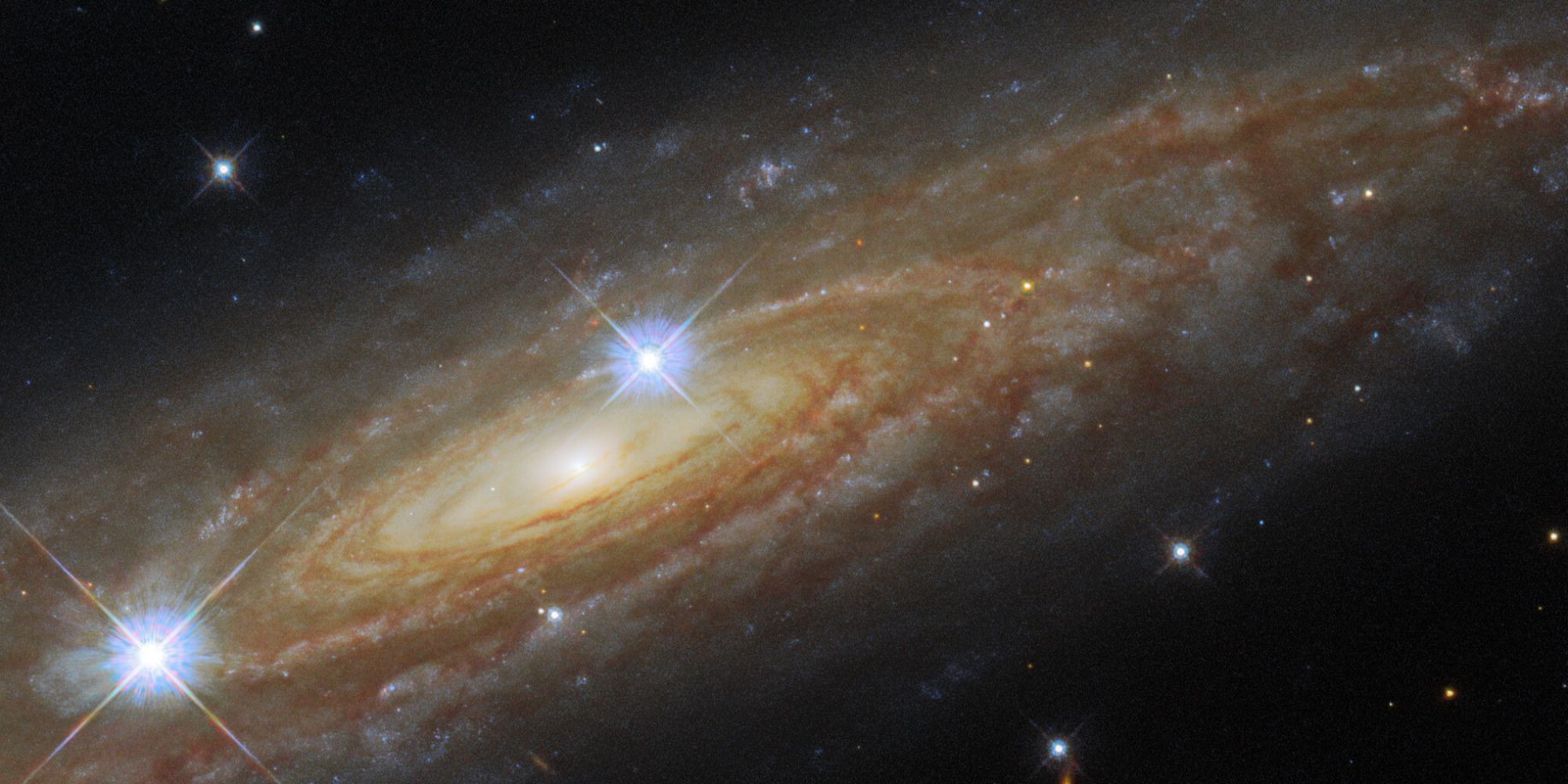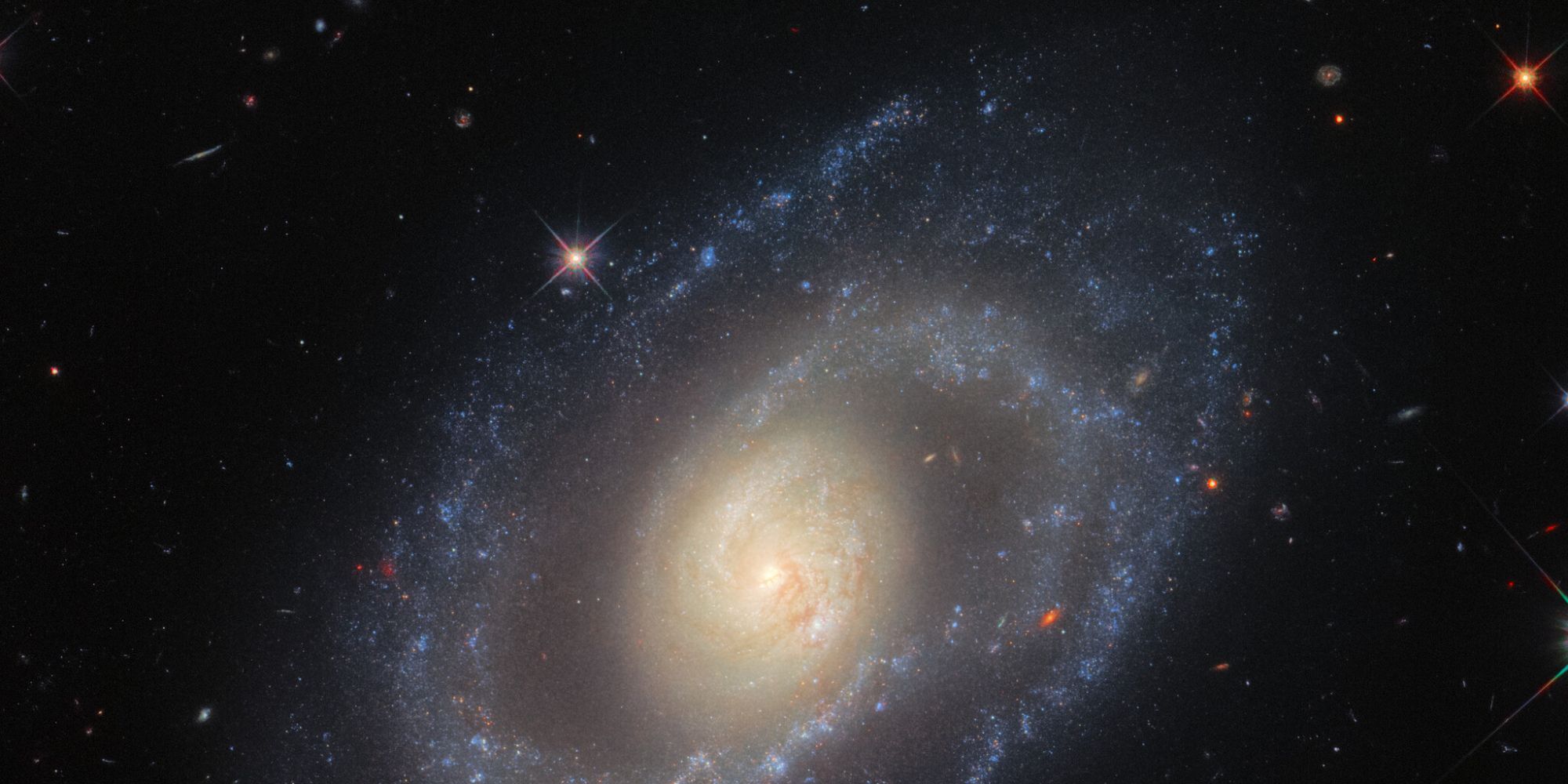NASA recently shared this gorgeous Hubble photo of a large spiral galaxy — and it just so happens to be millions of light-years away from Earth. Outer space is a vast and expansive place with endless things for humans to uncover. Whether they're looking within the Milky Way or at other galaxies beyond it, astronomers are never at a loss for things to discover.
One instrument that's been especially valuable for this constant exploration is Hubble. The space telescope has been an essential tool within NASA for over 31 years. The best part? It continues to share jaw-dropping images of the universe today. Whether Hubble's looking at a faraway galaxy or a gigantic nebula, it's provided thousands of incredible photos of the strange place we all call home.
On December 10, NASA updated its website with yet another Hubble discovery. The photo above showcases a spiral galaxy known as UGC 11537. It's a galaxy 230 million light-years from Earth, yet Hubble used its Wide Field Camera 3 to capture it in amazing detail. The image clearly shows UGC 11537's distinct spiral arms, its bright center, and expansive clouds of dust all throughout it. Another interesting detail is the two large stars shining especially bright. These stars are actually from the Milky Way. Since UGC 11537 lives "close to the plane of the Milky Way," these two stars managed to creep their way into the photo. The whole thing is absolutely stunning to look at, and another reminder of why Hubble is so useful for charting the great beyond like this.
Another Day, Another Incredible Galaxy Picture From Hubble
Out of all the subjects Hubble likes to photograph, faraway galaxies tend to be among the most popular. Just last week, NASA shared a picture of another spiral galaxy (seen above). This one is called Mrk 1337 and is a bit closer to Earth at 120 million light-years away. It has a similar spiral shape to UGC 11537, though identical it is not. The Mrk 1337 galaxy appears to be surrounded by less dust, and its arms have a distinct blue color.
Comparing photos like this is a great way to show how varied the universe can be. Galaxies, stars, and planets can have similar characteristics to each other. However, each one is unique in its own special ways. UGC 11537 and Mrk 1337 are both spiral galaxies, sure. But they still manage to have their own appearances. Whether it's this specific example or the countless others out there, that's pretty amazing.
Source: NASA


